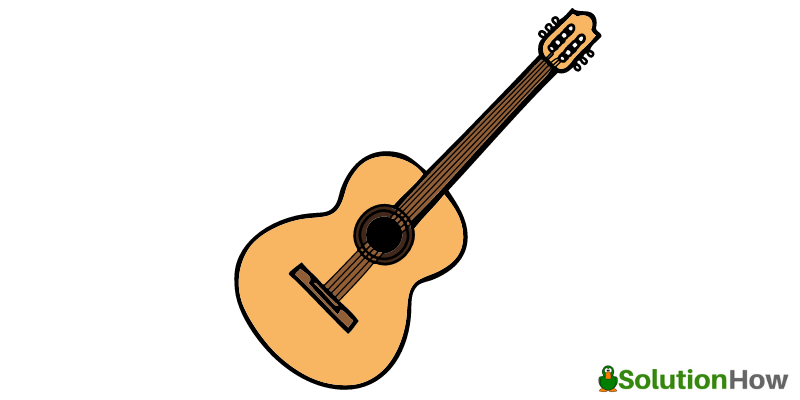
Guitar
No one is too old to learn to play an instrument. People of all age groups sometime in their life might have played any one of the instruments. But, the most loved musical instrument is the guitar. Undoubtedly. Though popularity is so high, this is the most difficult instrument to learn.
Many people attempt to learn but give up after a few months due to frustration, boredom, or lack of progress. Learning guitar from an instructor is also an option but that can be expensive as well. So, why not learn it yourself with some simple steps and attention. All you need is, get the latest acoustic guitars in the market for beginners and read this guide to learn the basics of playing guitar.
In this article, you’ll learn how to play the guitar for beginners. You can use this easy-to-use guide to get started with the learning process. Just practice the steps daily, and then the time is not far when you would be able to play your favorite songs.
Let’s get you through each step in detail;
Overlook The Basics And The Names
In order to get into the details you must first learn about the basics. In this case, you need to learn and understand the different parts of the guitar, their name, and their purpose.
The body of the guitar is either wood or metal to which copper strings are attached that vibrate to produce sound.
The wooden body resonates with the sound created by the strings and creates different types of tones.
The neck is the long thin that you have to grip either with your left or right hand so press the strings. The fretboard is the area underneath the strings. The most common type of material used to make fingerboard or fretboard is maple and rosewood.
The headstock is the end part of the neck, where all the strings end. The headstock includes various tuners or tuning pegs that let you play a different tune when varied.
The bridge is the bit that connects the strings to the body of the guitar and transfers the vibration caused by the strings. In many acoustic and electric guitars, the height of the bridge can be adjusted to play different tunes.
So, these are some of the most important components you need to know initially.
Position Your Guitar
You can first consider buying a footstool which is cheap and is available online. If you are right-handed, place your left foot on the footstool and position the guitar entirely on your left leg. This will help you reach the fretboard with ease and you can comfortably play for hours. Well, this is more of a traditional way of holding a guitar which some people find difficult so you can also use the casual methods.
In the casual method, if you are right-handed you must position your guitar on the right leg. Also, use the footstool here because it elevates your leg and brings the guitar in a much comfortable position, this position will not cause any fatigue even if you play for long hours. The process is similar for left-handed people but the position of the leg gets vise-versa.
Tune The Guitar
Familiarize yourself with the name of each string. From thickest to thinnest string, they are usually named E, A, D, G, B, and E. If you practice tuning regularly in some days you would know which string and fret combination matches to which notes and create which type of tune.
Don’t forget to practice the frets. To play any note, you have to press the finger at the end of the metal string, not on them. Say if I say play the 3rd fret? Then you have to place your finger on the string in between the gap of the 2nd and 3rd fret.
Learn The Chords
For beginners, there are two basic types of chords: First position chords and barre chords. But, common chords include C Major, G Major, A Major, E Major, and D Major. You must watch and learn each of these chord diagrams in detail to understand them better. Once you are familiar with the first position chords try to switch between other major chords by strumming once.
Remember, not to strum hard on the strings, make it Los,e, and in a relaxed motion. Use your wrist to do upward strokes and downward strokes.
Get Control Over Your Fingers
There will be a time when your fingers give up, your fingers might get stiff and pain a lot. You would not get to each string as quickly as you should be. But, after months or years of playing your fingers will build up calluses which will make your fingers tough enough to play harder for longer hours. You can try some home remedies to reduce the pain after playing for a long time.
Once you are ready with all these things, you can start learning to play some songs and to read guitar tabs as these would help you greatly in advanced guitar learning.






